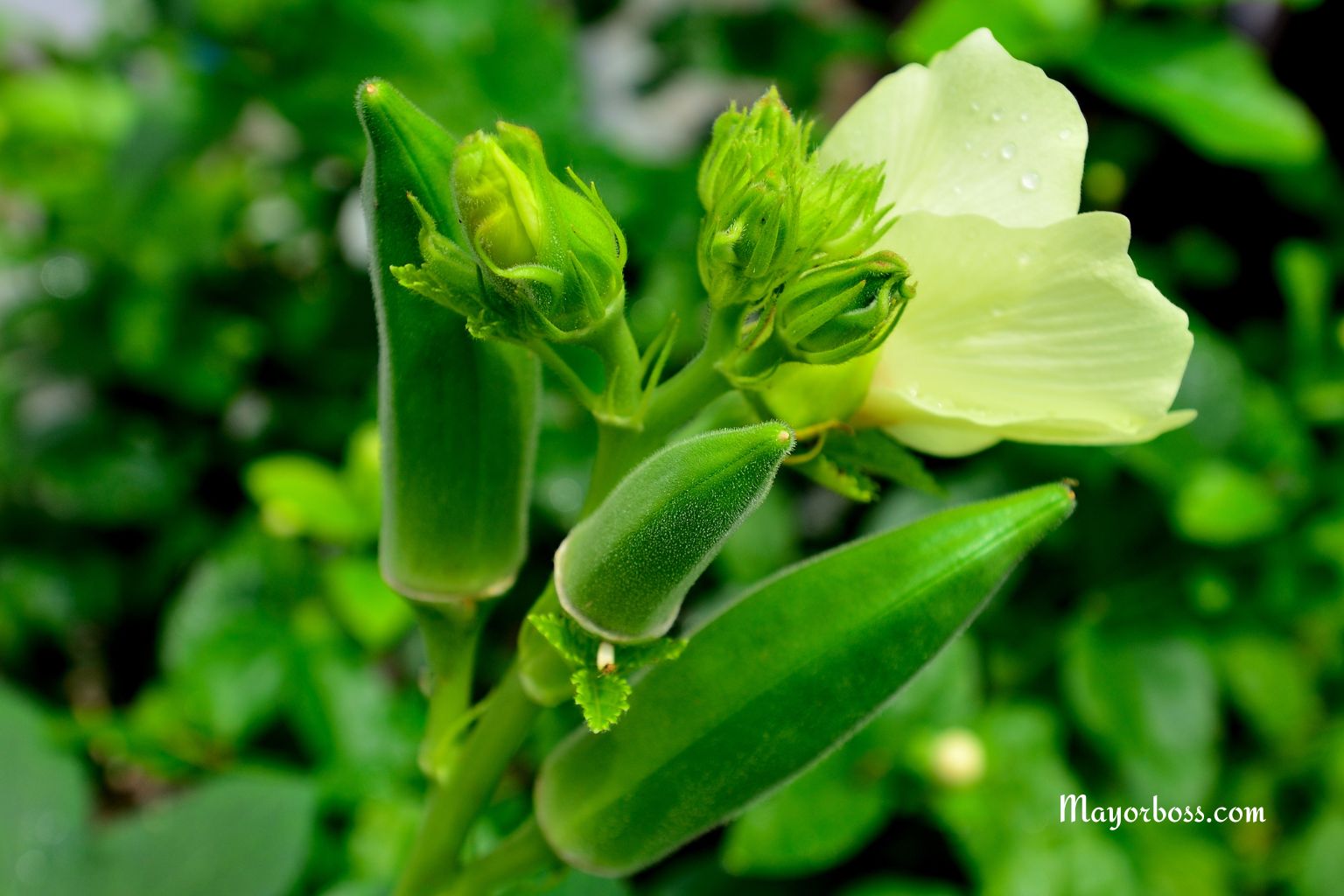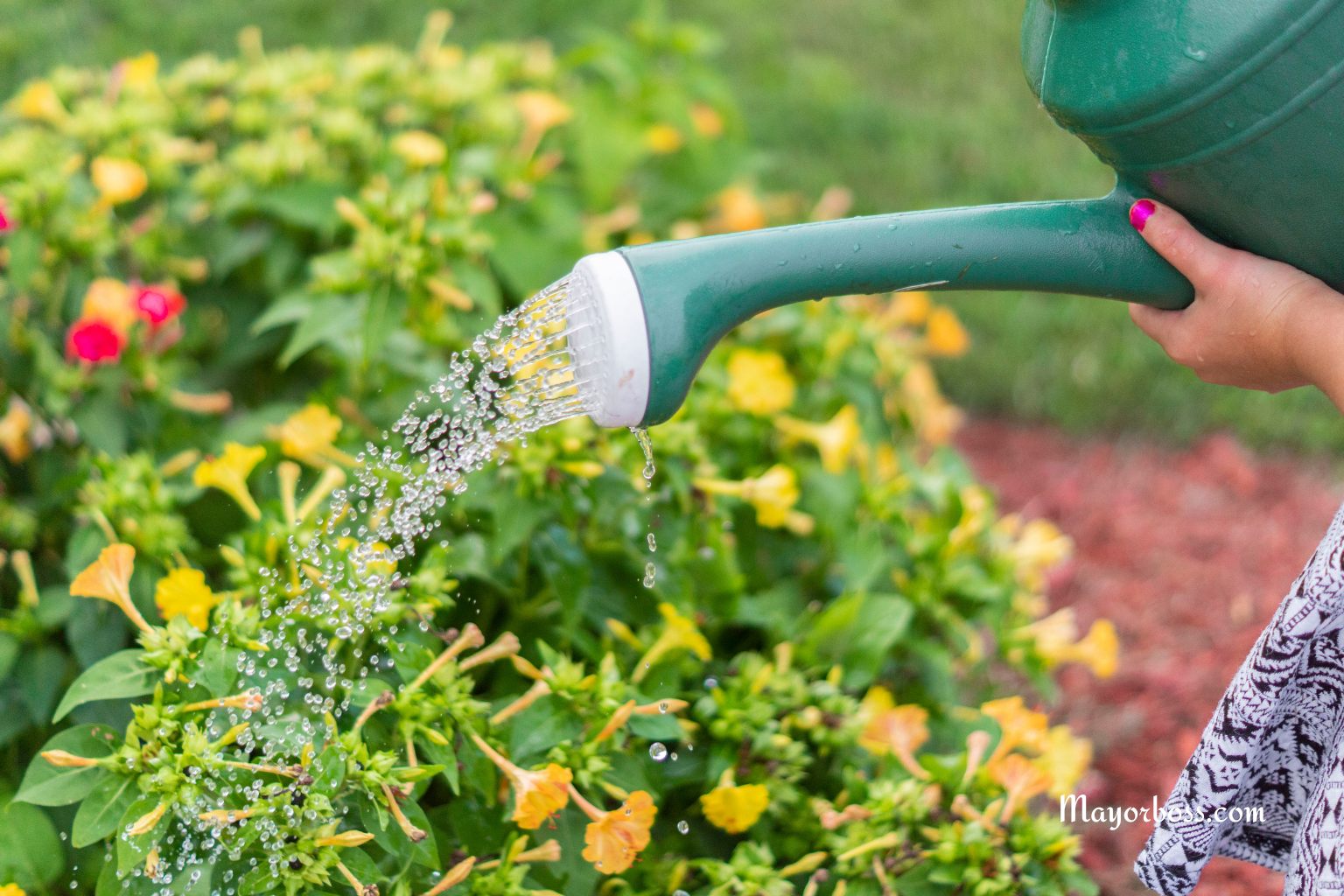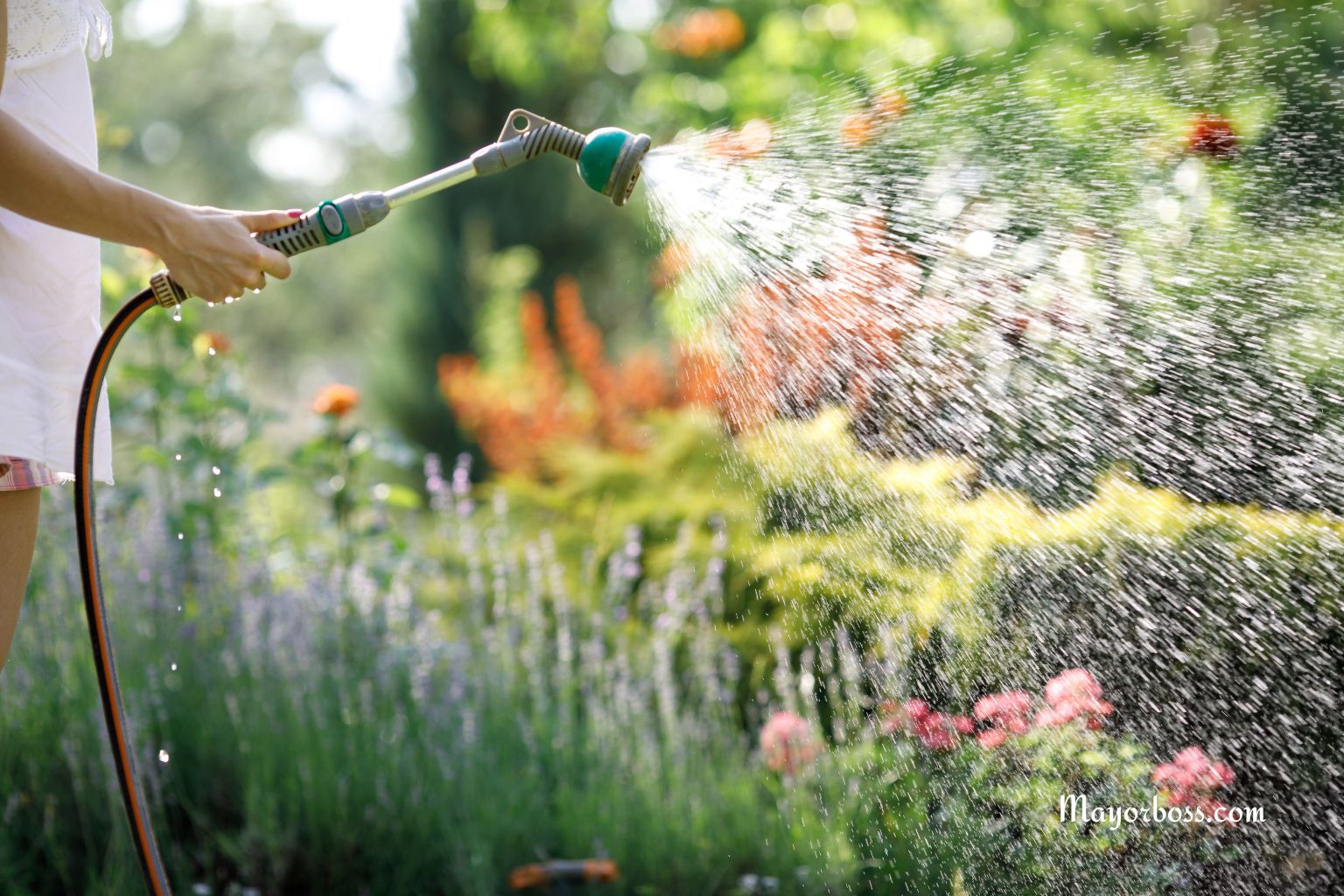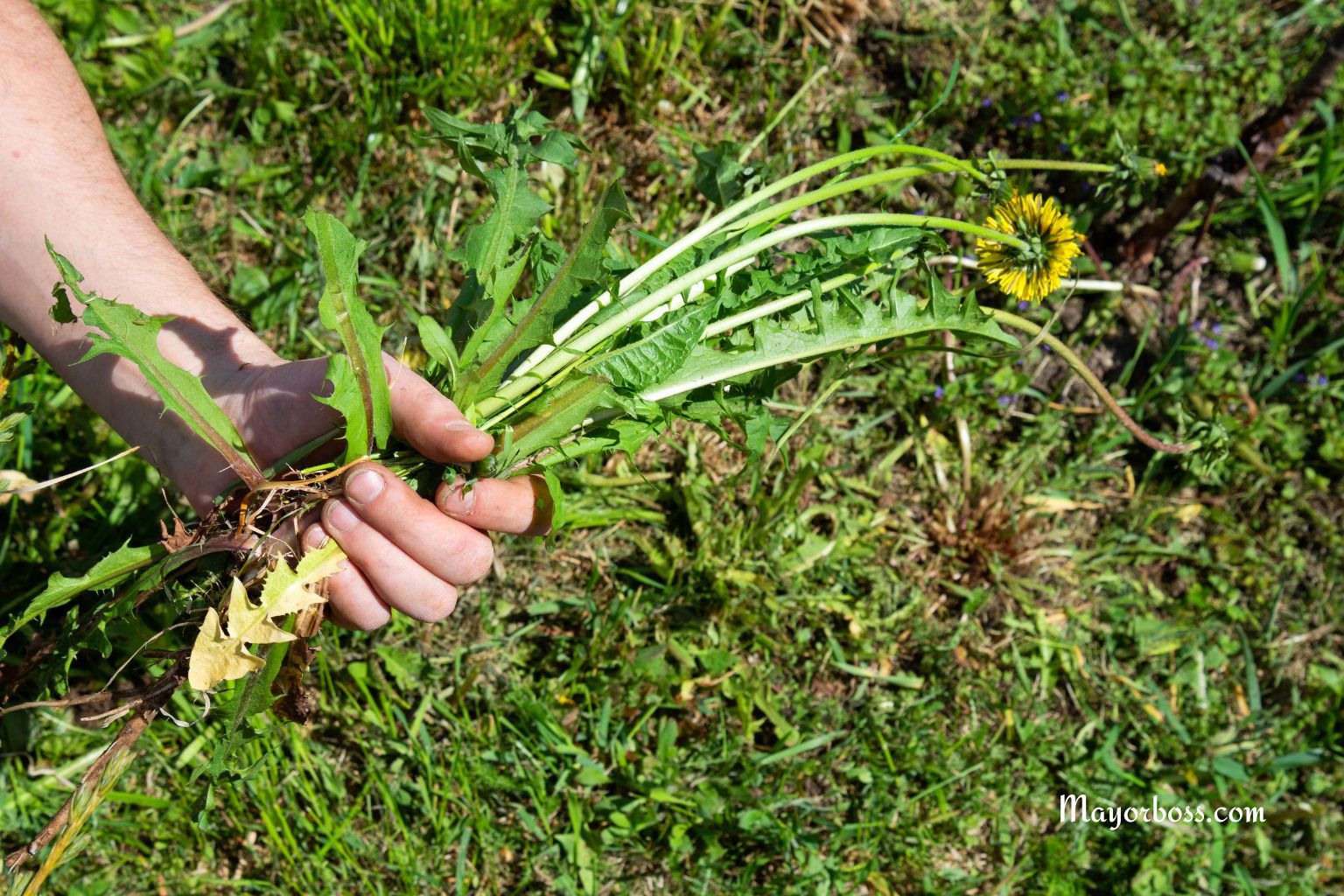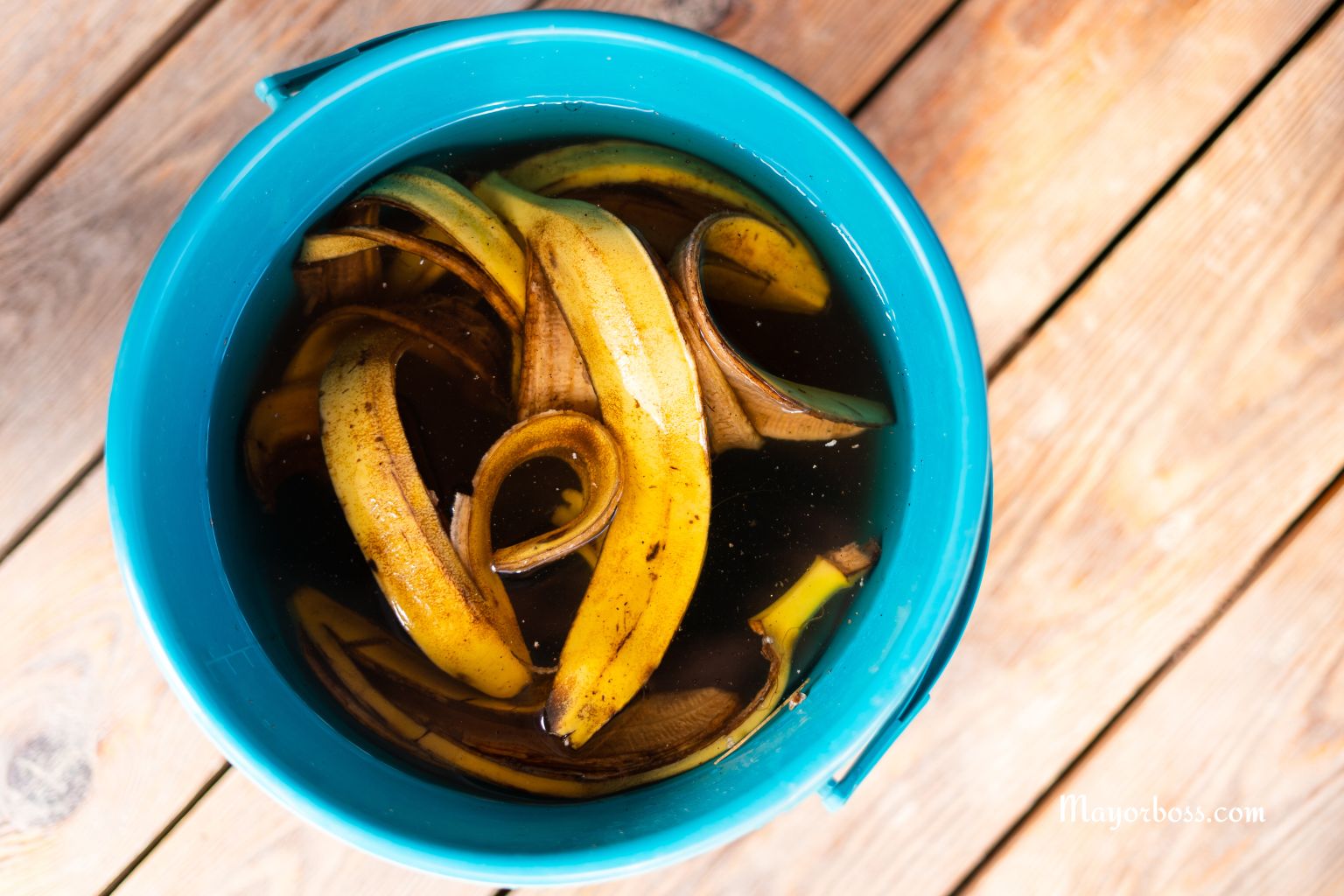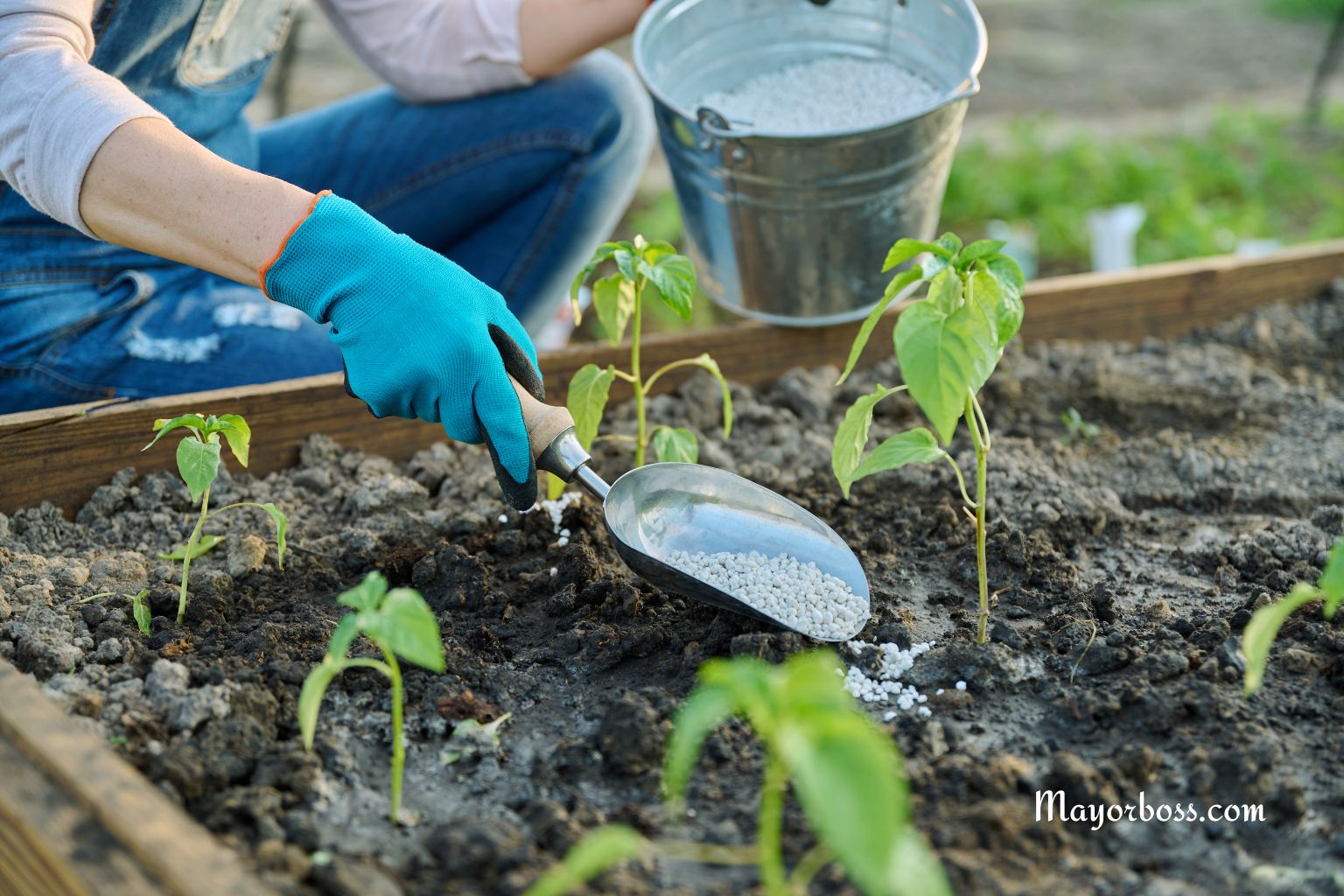How to Get Your Zucchini to Produce Fruit
If your zucchini isn’t producing fruit, the most common reason is poor pollination. Zucchini plants need both male and female flowers and pollinators like bees to transfer pollen. To boost fruit production, hand-pollinate your flowers, ensure the plants get enough sun, water deeply, feed regularly, and watch for pests or diseases.
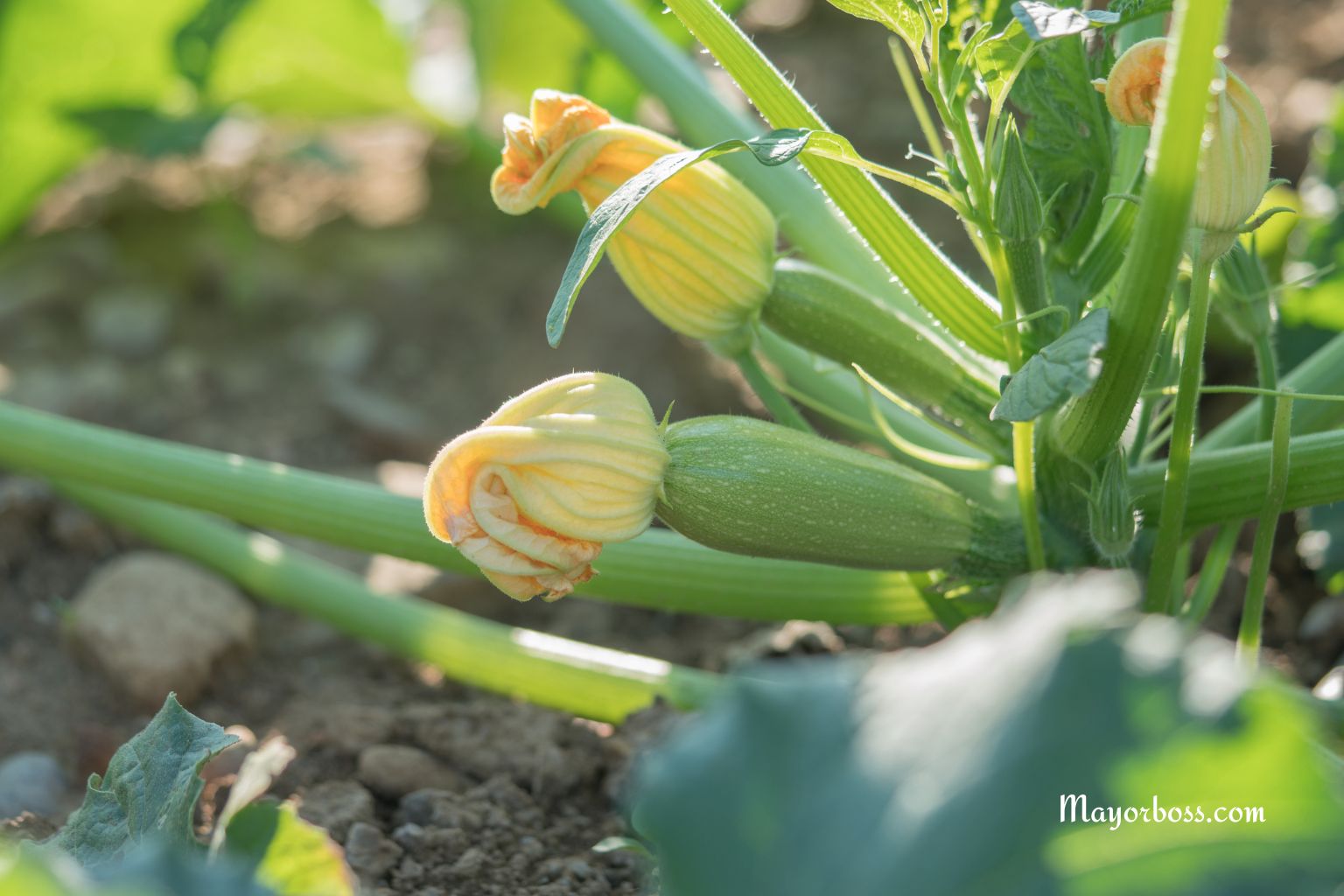
If your zucchini plants are growing lots of leaves and flowers but aren’t producing fruit, you’re not alone. Many gardeners run into this problem and wonder what’s going wrong. The good news is, there are simple steps you can take to help your zucchini plants start producing the healthy, delicious fruit you expect.
Here’s what you need to know—and do—if your zucchini just won’t set fruit.
How Zucchini Produces Fruit
Zucchini plants produce two types of flowers: male and female.
- Male flowers appear first. They have thin stems.
- Female flowers appear next and have a small, immature zucchini right behind the bloom.
For a zucchini to develop, pollen from a male flower must reach a female flower. This is usually done by bees or other pollinators. 1
Common Reasons Zucchini Doesn’t Set Fruit
1. Lack of Pollination
The most common cause is poor pollination. If there aren’t enough bees or other insects, the female flowers won’t get pollinated, and fruit won’t form. Sometimes, the small fruit behind a female flower shrivels and falls off. That’s a classic sign of poor pollination.2
2. Not Enough Female Flowers
Early in the season, zucchini often produces mostly male flowers. If you see flowers but no small zucchinis forming, you’re probably just seeing male blooms. Be patient—female flowers usually appear a week or two later.
3. Weather Problems
Zucchini like warm weather. If it’s too cold or too hot, flowers may drop without setting fruit. Consistently wet or humid weather can also keep pollinators away.
4. Pests or Diseases
Aphids, squash vine borers, powdery mildew, or other pests can stress the plant. This may reduce flowering and fruit set.
How to Get Your Zucchini to Produce Fruit
1. Attract Pollinators
- Plant flowers nearby: Grow marigolds, nasturtiums, or sunflowers around your garden to bring in bees.
- Avoid pesticides: Chemical sprays can harm pollinators. If you need to use them, spray in the evening after bees have left.
- Provide water: Bees need water, too. A shallow dish with stones works well.
2. Hand-Pollinate Your Zucchini
If you’re not seeing many bees, you can pollinate zucchini flowers yourself:
- In the morning, find a male flower (it has a thin stem).
- Use a small paintbrush or cotton swab to collect pollen from the center of the male flower.
- Dab the pollen onto the center of a female flower (the one with the baby zucchini at the base).
- Repeat as needed with new blooms each morning.
According to horticulturists, hand-pollination is one of the best tricks for gardeners who don’t have lots of bees. The extra few minutes in the morning can turn a leafy, flower-filled plant into one loaded with fruit. Hand-pollination is a simple process, and even just one or two days of it can significantly help with fruit set.
3. Make Sure Your Plants Are Healthy
- Sunlight: Zucchini needs at least 6–8 hours of full sun per day.
- Water: Water deeply, aiming for about 1–2 inches each week. Water is at the base of the plant, not the leaves.
- Feeding: Zucchini are heavy feeders. Use a balanced fertilizer or add compost every few weeks to keep plants vigorous.
4. Space Out Your Plants
Crowded plants can block air flow and make it hard for pollinators to reach the flowers. Give each zucchini plant at least 2–3 feet of space.
5. Remove Old or Damaged Leaves
Large, old leaves can shade flowers and slow pollination. Trim off a few older leaves around the base to improve airflow and visibility for pollinators.
6. Control Pests and Diseases
Check the undersides of leaves for pests. Remove insects by hand or use safe, organic treatments. Remove any leaves with white powdery mildew or yellow spots.
What to Do If Flowers Are Dropping But No Fruit Appears
- If both male and female flowers drop, look at the temperature and watering.
- If only female flowers drop or the baby zucchini shrivels, pollination is the issue.
- Keep your plants fed, watered, and free from stress.
How Long Should It Take for Zucchini to Fruit?
After a female flower is pollinated, a zucchini grows quickly, often within 4–8 days. Most plants start setting female flowers about 4–6 weeks after sprouting.
FAQs
1. Why does my zucchini plant have lots of flowers but no fruit?
This usually happens when female flowers aren’t getting pollinated. Hand-pollinating or attracting more bees will help.
2. How do I know if my zucchini flower is male or female?
Male flowers grow on thin stems. Female flowers have a tiny zucchini behind the bloom.
3. Can I use a regular paintbrush to hand-pollinate?
Yes. A small, clean paintbrush or even a cotton swab works well for transferring pollen.
4. Should I remove leaves from my zucchini plant?
You can remove older, damaged leaves to improve air flow and make it easier for pollinators to find the flowers.
5. How often should I water my zucchini plant?
Water deeply once or twice a week, giving the plant 1–2 inches of water. Always water at the base to keep leaves dry and healthy.

